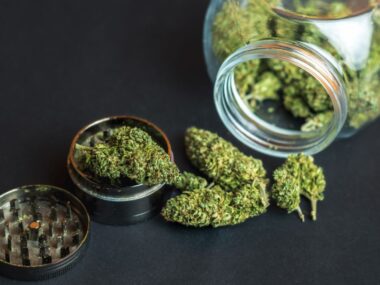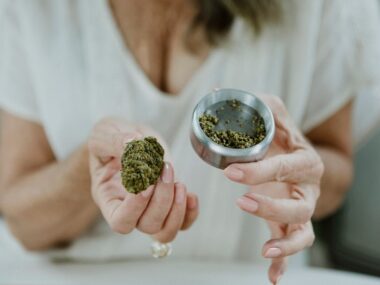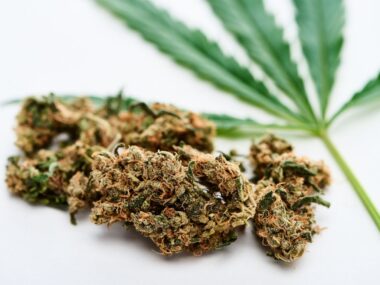I remember the first time I tried a bong. My friend pulled out this tall glass piece that looked more like art than a smoking device. I was skeptical at first—why go through all that effort when rolling a joint seemed so much simpler? But after that first smooth, cooled hit, I was sold. It was like discovering a whole new way to enjoy weed, and suddenly, bongs were a game-changer.
Fast forward to today, and cannabis bongs have come a long way from their simple beginnings. Once considered a basic smoking tool, bongs now come in all shapes and sizes, equipped with innovations that make every hit smoother and more enjoyable. Whether you’re a longtime user or someone curious about adding a bong to your routine, there’s a lot to know about this iconic smoking accessory.
When it comes to weed bongs, glass is the go-to material for many. Why? Glass offers a clean, pure experience that doesn’t interfere with the flavor of your cannabis. Plus, glass bongs are easier to clean, and with regular maintenance, you can avoid any leftover residue from impacting your next session. Many glass bongs today feature ice catchers or percolators that cool the smoke, giving you a smoother, less harsh hit every time.
Percolators have taken cannabis bongs to the next level. These small chambers help filter and cool the smoke, breaking it down into tiny bubbles, which gives you a cleaner and softer hit. They’ve become a must-have feature for serious bong enthusiasts. Percolators come in various types—honeycomb, tree, and inline are just a few examples. While they might look complex, their purpose is simple: making your hits smoother and less harsh on your lungs.
For those who are just getting started or want something more portable, silicone bongs have become increasingly popular. Unlike glass, they’re virtually indestructible. You can toss one in your backpack or drop it on the floor without worrying about shattering it into a million pieces. Silicone bongs are perfect for travel or those who are a bit clumsy when handling fragile glass. They also offer the same smooth smoking experience while being easy to clean and maintain.
Another feature to consider when buying a weed bong is the size. Bigger doesn’t always mean better. Larger bongs can hold more smoke, but they can also be harder to handle and clean. A smaller, more compact bong might be easier to use, especially if you’re new to the bong scene. If you’re all about getting the most out of each hit without all the extras, a basic straight tube bong could be all you need. However, if you want to enhance your experience, features like percolators or ash catchers can make a world of difference.
As cannabis culture continues to evolve, so do the designs and functionality of bongs. Multi-chamber bongs, for example, offer dual water filtration for an even cleaner experience. These more intricate bongs might be on the pricier side, but they provide a superior level of smoothness that can be worth the investment. For many enthusiasts, the look of a bong matters just as much as its function. That’s why there’s been a rise in artistically designed bongs that double as showpieces when they’re not in use.
For those looking to take their weed bongs to the next level, adding accessories like ash catchers, diffused downstems, and specialized cleaning kits can make all the difference. These little additions help keep your bong in top shape while improving the overall smoking experience. Ash catchers keep debris out of the water, making it easier to clean, while diffused downstems help break up the smoke for a more filtered hit.
So, whether you’re a fan of the classic straight tube bong, a percolator lover, or someone who’s just starting to explore the world of cannabis bongs, there’s something out there for everyone. The bong has come a long way from its humble origins, offering new and exciting ways to elevate your cannabis experience.
What kind of bong suits your style, and is it time to upgrade your current setup?
Medical Disclaimer:
The information provided in these blog posts is intended for general informational and educational purposes only. It is not a substitute for professional medical advice, diagnosis, or treatment. Always seek the advice of your physician or other qualified healthcare provider with any questions you may have regarding a medical condition. The use of any information provided in these blog posts is solely at your own risk. The authors and the website do not recommend or endorse any specific products, treatments, or procedures mentioned. Reliance on any information in these blog posts is solely at your own discretion.







